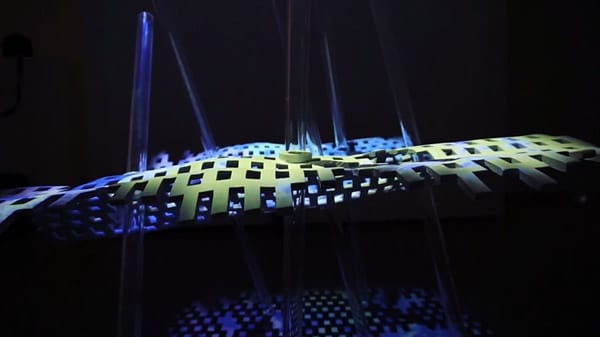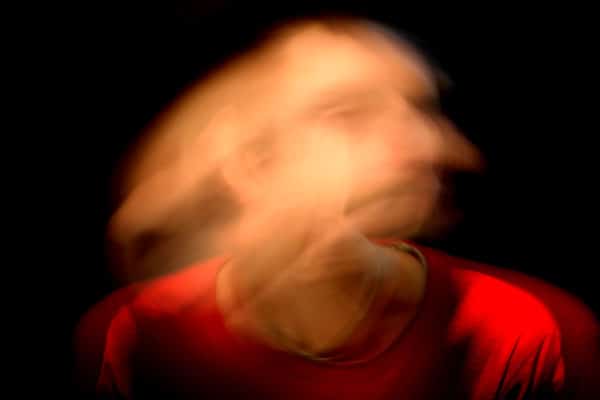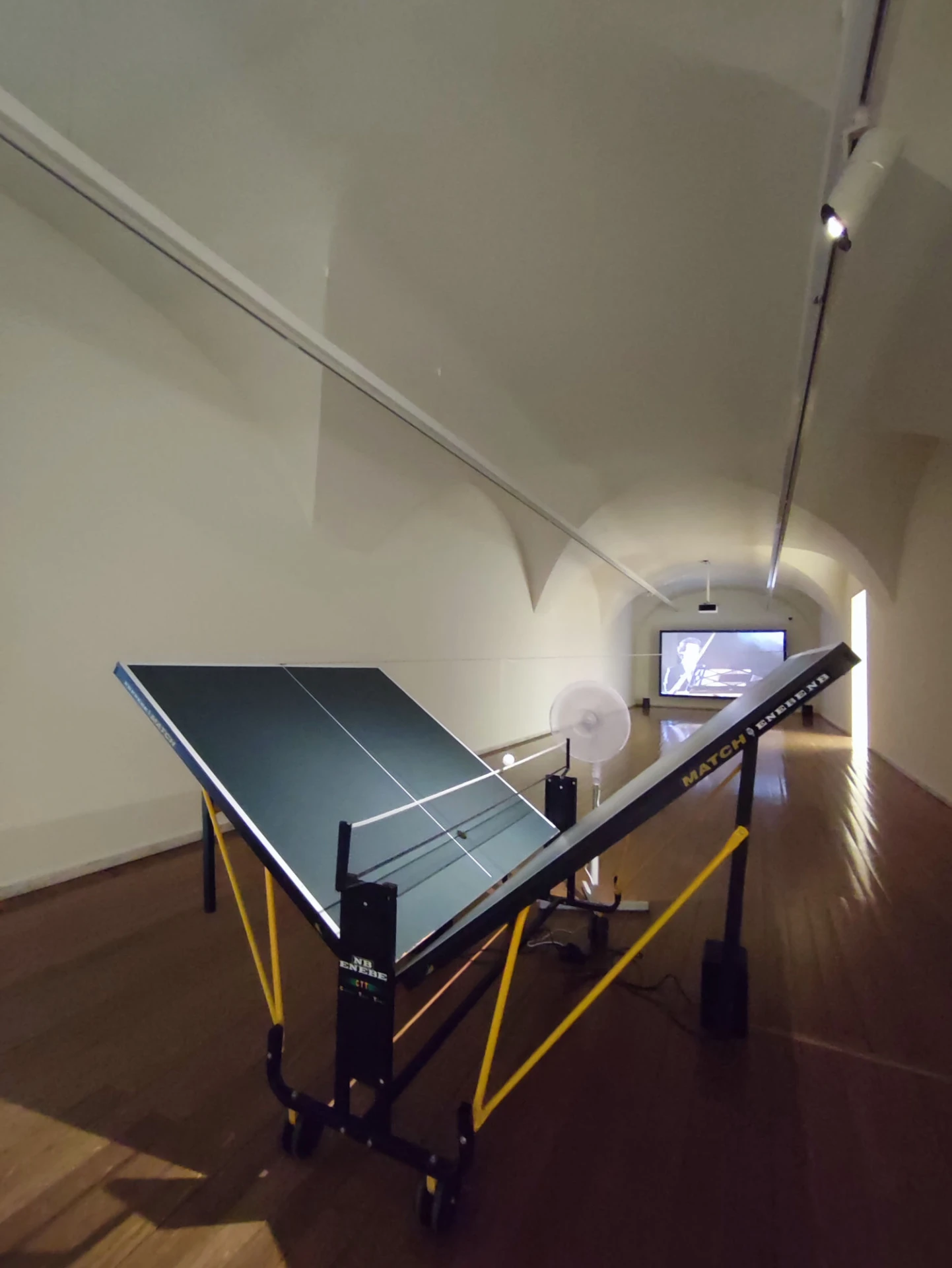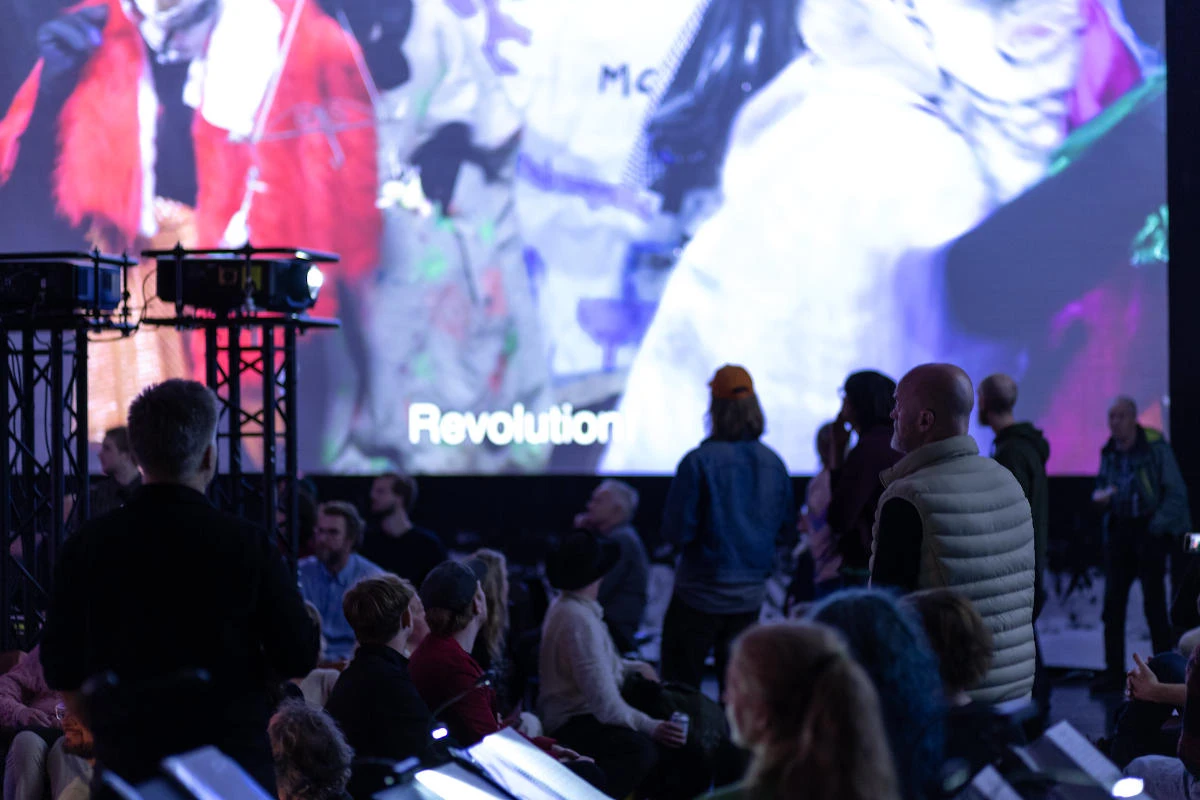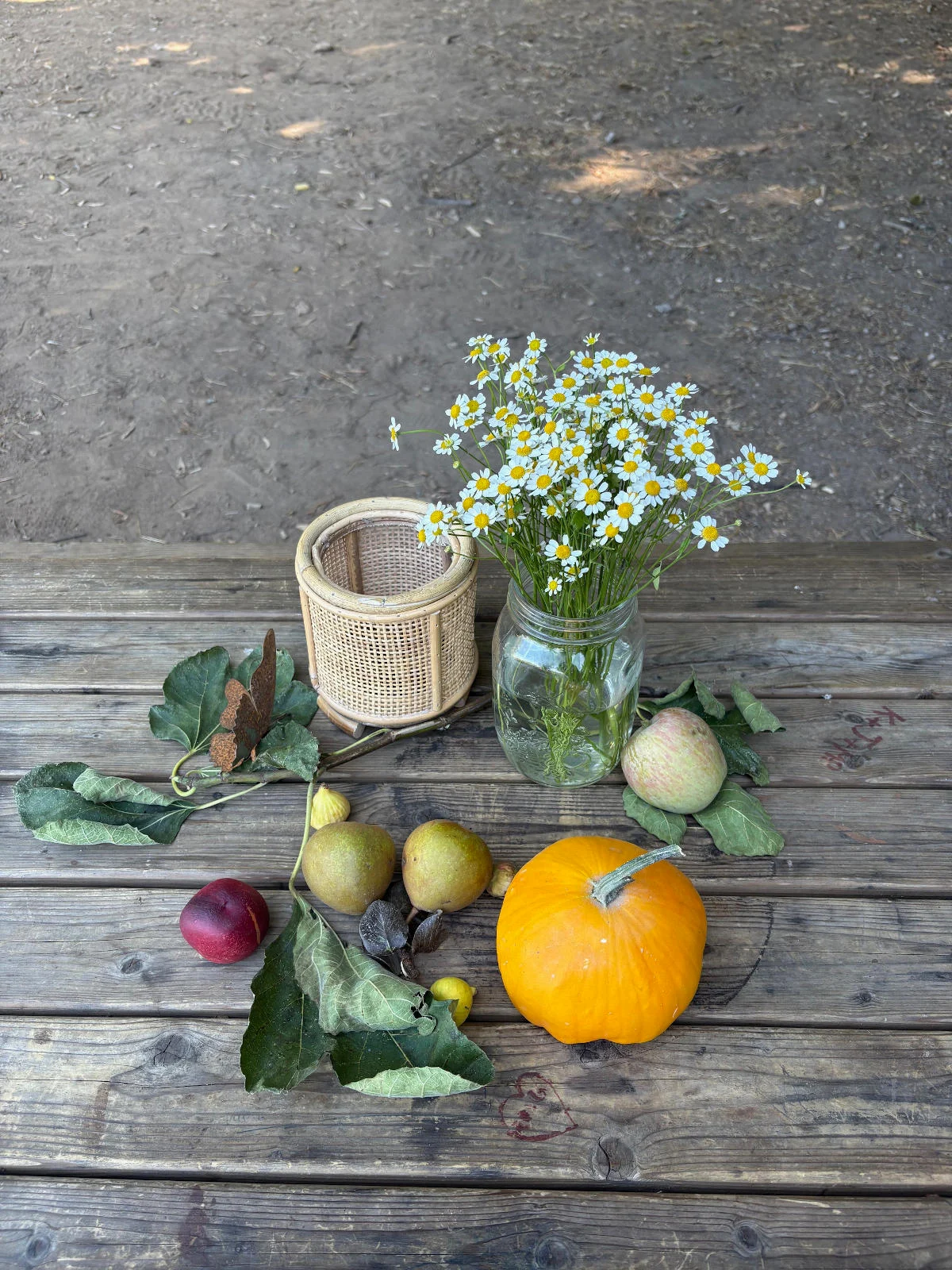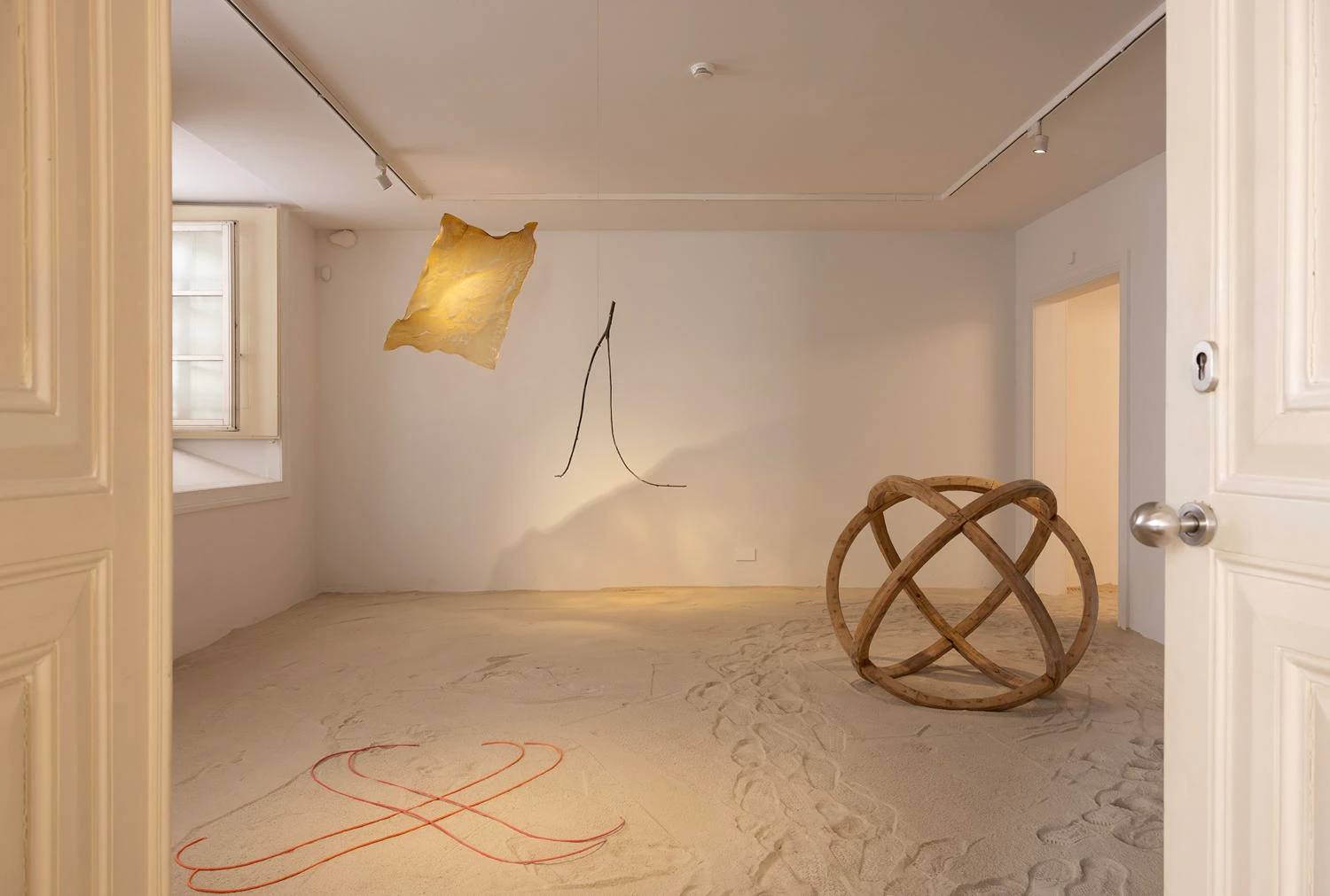Photos: Nuno Vieira /Fundação Oriente.
The exhibition O Olhar da Sibila – Corporalidade e Transfiguração is based on the concept of metamorphosis developed by Ovid: bodies transmute themselves into things, things into animals, animals into being; the perennial transformation of the cosmos, from its dawn to its decline (with the latter giving birth to brand new changes).
Commissioned by João Silvério, based on collections provided by six private institutions (the foundations CGD – Culturegest, Arpad Szenes – Vieira da Silva, EDP, Millenium BCP,Oriente and PLMJ),this effort is able to nurture an artwork reviewing process which abides by the transforming sign that their corporeality holds, giving room to new readings, interpretations and perspectives. At most, this exhibition validates the dialogic and endless trait of art and of its own history.
O Olhar da Sibila approaches us throughout several different moments, relying on diversified and fragmented shapes: the perspective that lies in the works; the author’s outlook; the viewer’s standpoint, coming from those who contemplate; some other eye, a third, intangible, shifted eye watches this unnoticeable choreography, made of different ways of seeing.
Li Yousong’s characters vigorously and attentively stare at us, between western and eastern people; the photographic series of Júlia Ventura gives us back the emotion behind the glance; Ana Vidagal conveys the audacious sightlessness of the blind date; Fernanda Fragateira provides us with the envision from writers who killed themselves, printed on the works they have given us, properly sorted and arranged on a bookshelf; Noé Sendas conceals and discloses faces and bodies and, through the light, the shadow and the somber, transfiguring the shape of those featured; Adriana Molder challenges the vision of the mom and the daughter; and Miguel Palma electrifies two eyes, with a thin and restless thunderbolt tying them together; the show is vast and varied and the readings, based on the several supports displayed, are endless.
On the other hand, the subject of private collections in Portugal is also revisited – corporate collections, specifically – a rather important issue for the contemporary art system and one that may have been a discussion topic at the Corporate Art Collections conference, promoted by PLMJ Foundation. In other words, the exhibition also points out to the ability that artwork collections, owned by major corporations, have to galvanize the art world, giving it a whole new impetus and, thus, promoting new discourses and visions, not only Portuguese, but also global, as the author listing already indicates.
On display at Museu do Oriente, until June 18
